By: Thorsten Overgaard. December 12, 2020
Add to Flipboard Magazine.
A Letter from Thorsten Overgaard
I felt it was time to write you a letter. There is so much to talk about, yet the record seems to be playing the same tune every day. More on that later.
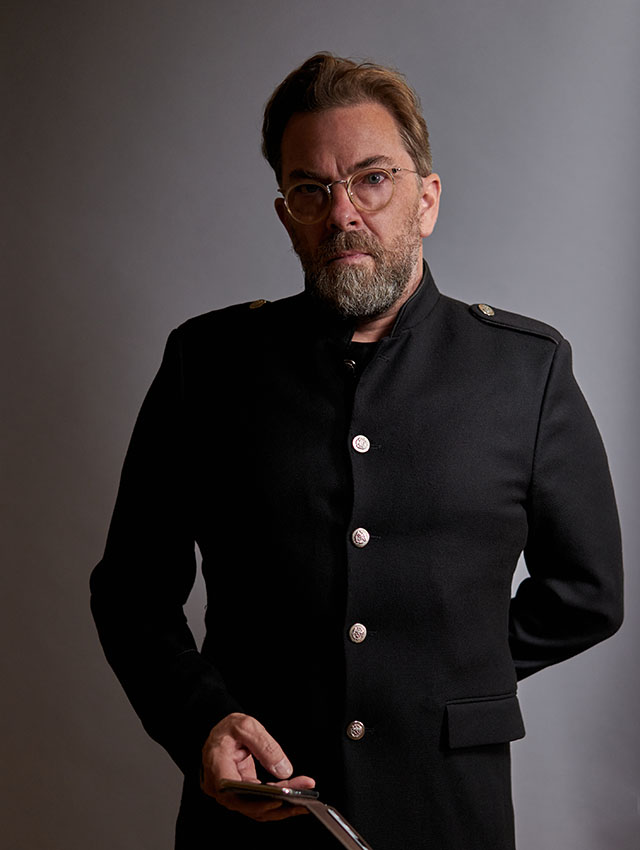
Thorsten Overgaard with Leica SL2 and 50mm Summilux f/1.4.
It is not you who has gone crazy. It's just the world.
Back in December 2001, I woke up a few days before Christmas with a vision for how we would be building a new digital reality. Two days before, I had just been kicked out by the board of the internet and advertising company I had sold to them the year before. I had lots of unwritten future and lots of time, and a bit of money as well.
I never wrote the book about how the internet and digital age would enable us to build a new and better world, but it was obvious in that short glimpse that virtual reality would become a new reality. I saw a future. At that time - you may laugh at it today - the revolution was that computers could generate documents from databases and online orders, like train tickets. It was brand new and revolutionizing and my company had been doing it for the Danish State Railways. It would be possible to automate any type of computer aided routing of information and products, update it on the fly with new information. Dynamic papers, which were a completely new idea compared to previous times where "paper couldn't think".
This new world was built in just twenty years, but it hasn't become the beautiful world I had envisioned or hoped it would be. It is strange, isn't it, you give someone the tool to make it all anew and perfect ... and they make something dreadful of it. A living hell.
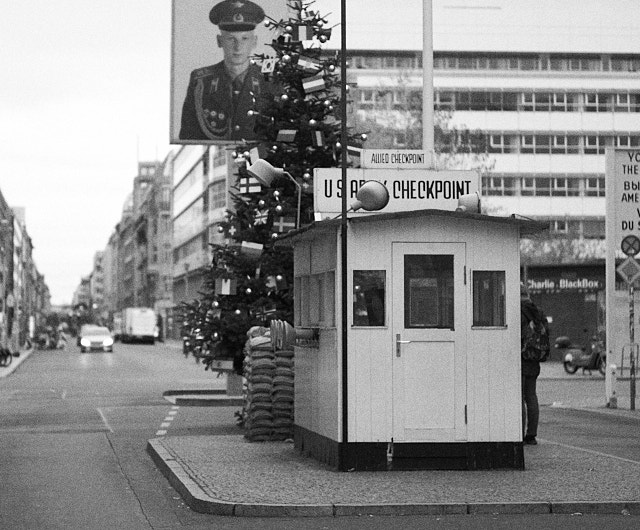
The virtual reality we live in
We are at a point in time where many seem to believe that the virtual reality is the actual reality. Many people seem to have grown to 'celebrities' in their own minds and on their own Instagram accounts, forcing them to "inform the world" about what they feel, how they train in the gym, what they had for breakfast and what is happening in their personal love life and how they look without makeup.
In the real reality, as it obviously existed not so long ago, prime ministers and royals would eventually issue press releases or make statements on issues of broad public interest. Now the virtual reality is filled with young and old humans who inform the public in their own virtual world about their every move, every thought, what they feel about the pope, the president, public toilets and left-side driving ; where they will be going for Christmas this year and with whom they are sleeping.
Teenagers, particularly in the last two years, naturally believe that life on Instagram is their entire existence ... with dreadful consequences.
Another virtual reality that seems to have become as relevant as reality, is computer games.
As a parent, it's considered humane and thoughtful to provide electronics to one’s children. You wonder why, and you wonder how giving a child an instrument that forces them to be like others in order to gain the only currency of value online, "the likes", can possible help develop that child and young person into the potential they once showed before they became copy-paste.
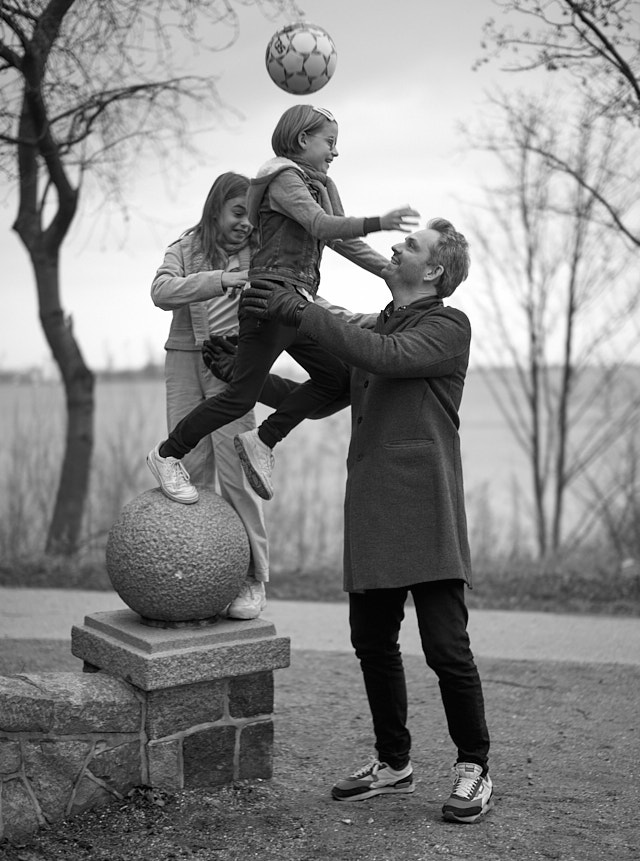
Children should jump around and make noise, not sit quietly in front of a screen. Denmark in November 2020. Leica M10-P with Leica 50mm Summilux-M ASPH f/1.4.
The need for your own reality
Survival is accomplished by movement. Like going to work, building houses, painting walls, making chairs, playing guitars, drawing sketches, cooking food.
In the virtual world, the scrolling on the screen and tapping "like" on a screen is confused with real action. The matter is, once the software is updated, whatever you did on that screen over the last months and years, is forgotten. Nobody cares. You provided the reasons to make the software a success, and that was the only purpose for making these softwares in the first place. "Social media" is just a name, the real game is to capture humans and make them interact with the machine. Then sell them as "active users" with their recorded interests and behaviours.
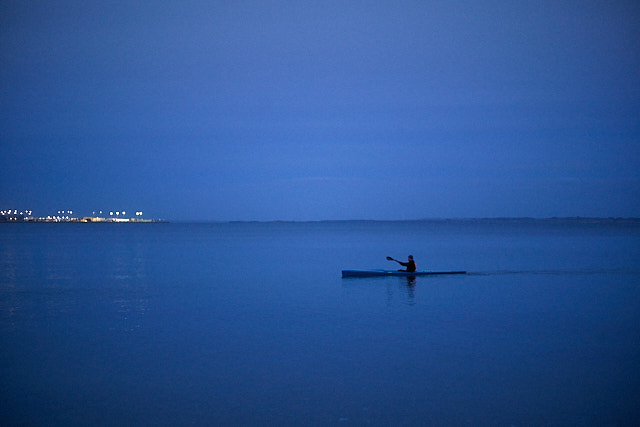
Denmark in November 2020. Leica M10-P with 50mm f/1.4 ASPH. © Thorsten Overgaard.
I would love to say that we made a better world with interactive applications and internet, but we didn't. We're moving fast toward a civilization where the machines run the humans. If you want to know how close we are, notice how many times your machines told you to do something else while you tried to read this.
Likewise, part of the virtual reality is the news we are fed via screens. It's very evident if you try to travel in the world today, as I have been doing, that you can actually fly, drive and walk unhindered. Despite the rumors and news that gives you the impression that home is where the heart is and all that jazz ... and you better wait for the government to tell you what to do next.
The future is yours to make, it shouldn't be something others decide. The world is still outside. It’s time to take back the control of your life.
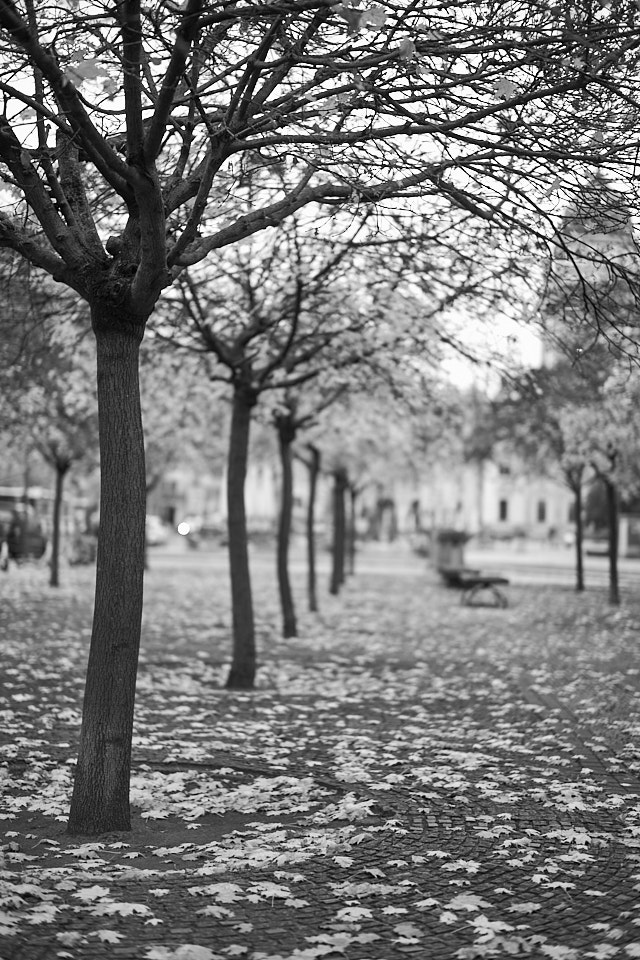
Leica M10-P with Leica 50mm Summilux-M ASPH f/1.4. © Thorsten Overgaard.
The way I work
I feel a growing need to create things of lasting value, things that mean something for others and myself, now and in the future, as far into the future I can imagine it. Shakespeare's words are still read, filmed and played on stages today, somewhat 400 years after he wrote them, so that gives an idea of the longevity things should have.
I am writing a new book, "Why do I Photograph?" which is just as much a reflection upon why you photograph as it is why I photograph. One of the things I noticed while writing it, is that I really enjoy taking photographs of families that are together and have been together for many years. Building a family and helping bring children forward is something worth celebrating and preserving.
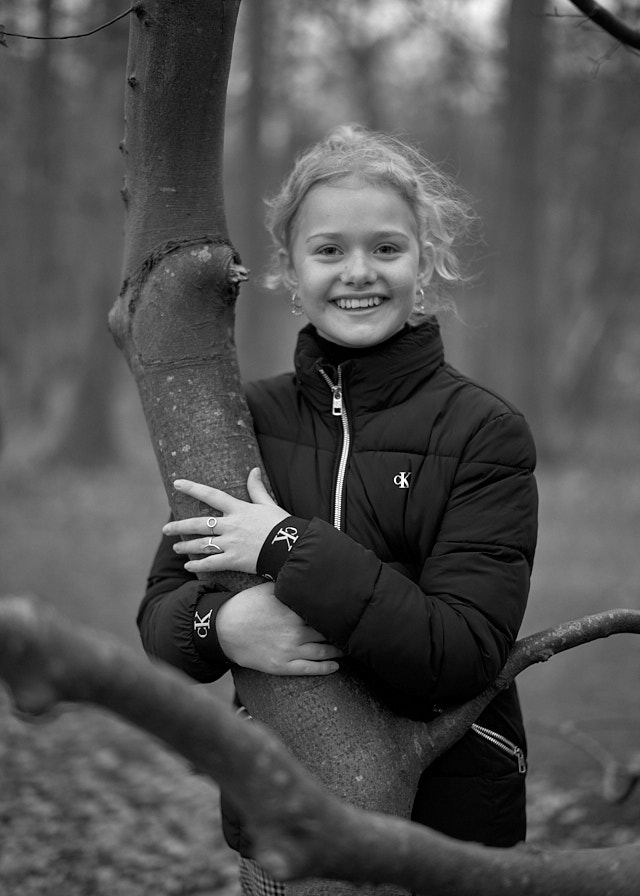
Leica M10-P with Leica 50mm Summilux-M ASPH f/1.4. © Thorsten Overgaard.
Mainly, knowing that while the kids may post the photos I did of them like mad today - and that is ok - those photos will be cherished and viewed again and again for many years, and eventually they will be viewed by their children and grandchildren in fifty or a hundred years.
Those photos are fun to do, and they have lasting value. They mean something, and they are made to preserve and validate the family unit as well as the potential and life in each of the persons. My book "
The Portrait Book - How to Make People Beautiful" tells all about how to do portraits and why people must be themselves and how natural self is the ultimate beauty. No filters are needed. Truth is what matters, and it's simply a matter of putting a person at ease in the right light.
What difference does it make?
I've long been wanting to tell you about the J39 dining chair by Danish designer Børge Mogensen. There was a proud period of Danish furniture design where Børge Mogensen, Poul Henningsen, Vibeke Klint, Grete Jalk, Hans J. Wegner and others designed economical furniture that since have become expensive collectors’ items because of their everlasting true qualities.
The J39 chair is still being made. I grew up on the 1970-model that today costs $800 second-hand. It is still being made by the same factory in Denmark, and the price from the factory is $570-$690 (depending if you buy it in Denmark or the US).
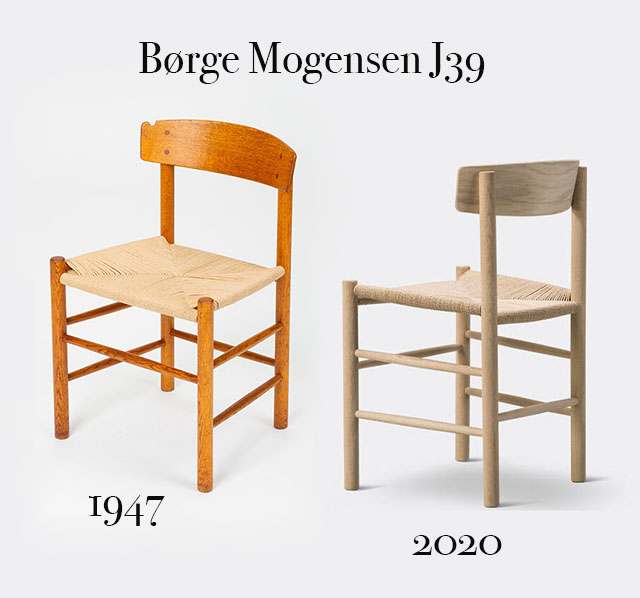
A chair is to sit on. A dining chair should have an almost horizontal seat (tilting slightly back), a relaxing chair should tilt more backwards so you sit back and relax. A working chair should tilt slightly forward so you sit comfortably when sitting over the work table. They applied these simple principles that, if you look at current chair designs, were omitted and forgotten. Today a chair is often designed to look good, not to sit in.
Things should be made to make you happy in 10 or 200 years, not just for five minutes.
I grew up on this J39 chair, my dad would not buy any furniture until he could afford the right one, so I spent my childhood sitting and playing with LEGO in what would become classic furniture, and with a viewpoint that it's only worth doing something if it is done right.
As a proof that a simple, well-built chair made in lasting quality and of natural materials is the right way to do it, the J39 chair still costs today about as much second-hand as the new chairs from factory do. It isn't updated with a new model every 18 months. The chair doesn't devaluate even if it has been used for 40 or 70 years. Sometimes, it even is considered more valuable, as if buying a 40-year old chair shows yourself and others that you knew from the very beginning this was a great chair.
Why I make things
I made my website in 1996 as a place to put things, share and preserve knowledge and ideas. Anything I put there is still there, and it is free and available. It was deliberately not made as a blog, but as a website. The difference is that blogs, which were "the new black" in 1997, were chronological posts that you make now and then they roll down into obliviousness as you make new ones. The idea is like a newspaper, that if it didn't happen within the last few hours, it doesn't matter.
I disagree. If we treated culture like that, Mozart, Bob Dylan, Shakespeare and the J39 chair would be long gone. I deliberately built a structure where subjects and articles were aligned side by side in a horizontal flow, not in a vertical flow of "relevant" and "irrelevant".
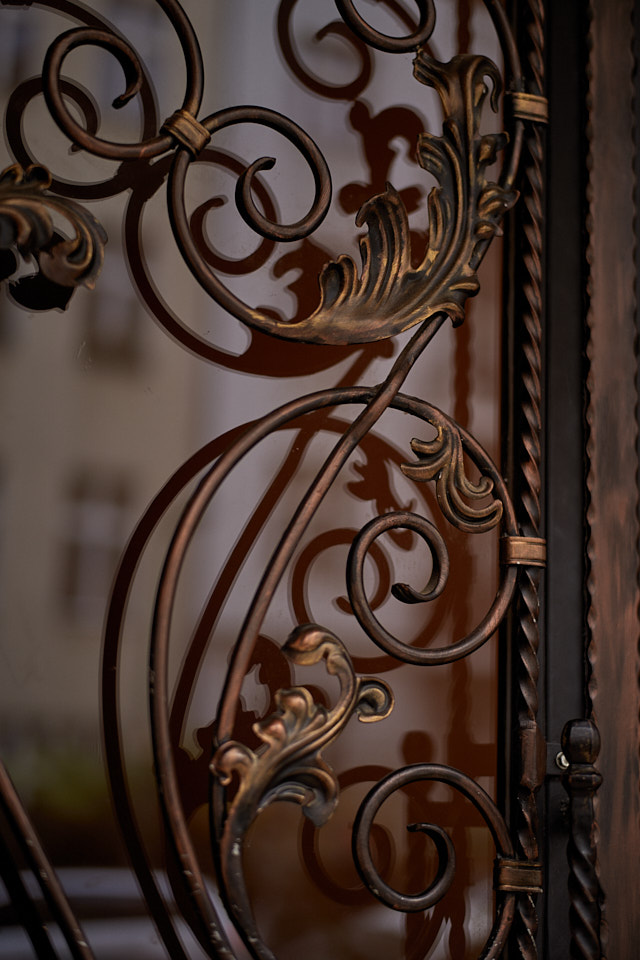
Sometimes there is no other reason for things than that it feels right. Leica M10-P with Leica 50mm Summilux-M ASPH f/1.4. © Thorsten Overgaard.
I love what I do, and I do it for me. A few weeks back I did a video about a 15 -year old camera model that I used and still love. It is in many ways the essence of what I do, and why I do it: I tell stories, I inspire, I preserve and I share. There is no money in it for me to tell you about that camera, it's not a paid promotion, nobody benefits from it but you, the viewer. And I use the hours to do it because it makes sense and it makes me happy to do.
(Not) surprisingly, that video hit 50,000 views in a few days, because it is real content. It's not click-bait, it’s not trying to be popular, it's just a simple good story.
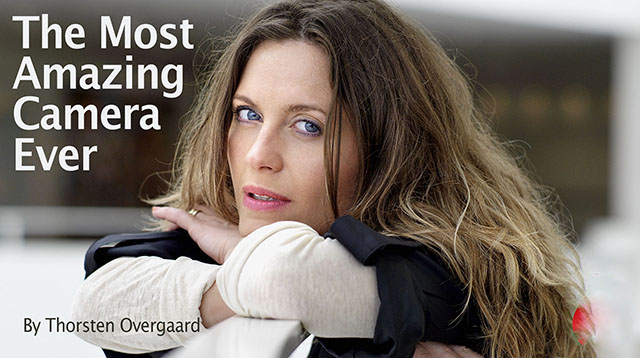
Likewise, when I make products like my camera bags, I am not trying to compete with any other camera bags. I am trying to make camera bags the way I think they should be made. I know very well few can afford them, but that is not really my concern. There is an ample supply of camera bags people can afford, but very few camera bags and travel bags that are made right.
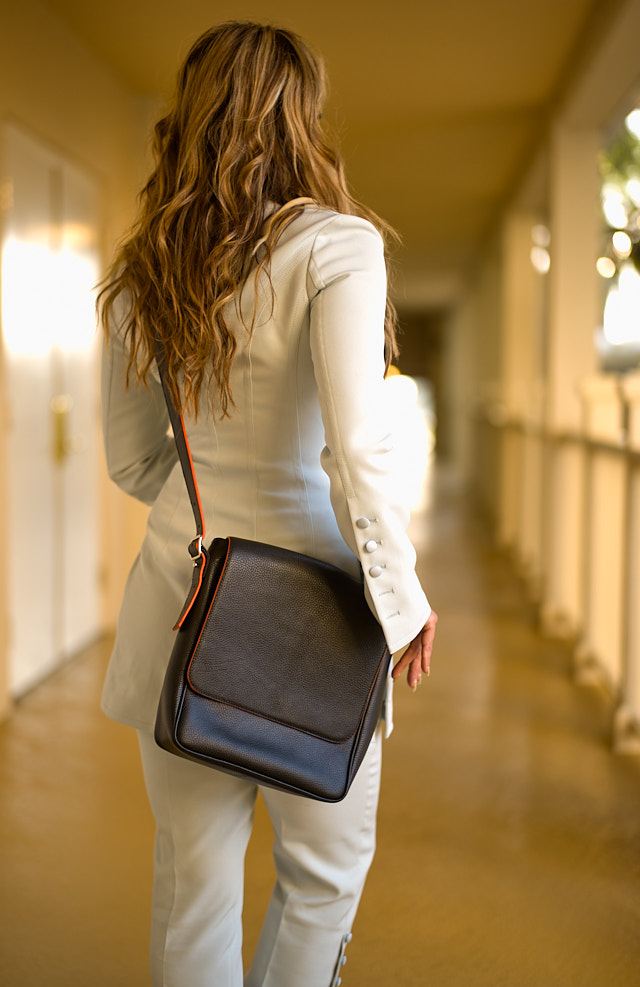
The Von Mini Messenger is a genius simple and beautiful camera bag.
A camera bag or travel bag should be simple, it should be beautiful, it should be durable and last a lifetime. It should make you happy to own and use it for many years - and it must be practical. When something is made right, it is simple, it is truth, it makes you happy and it doesn't make any clutter or noise in your life. It just flows.
I make things I would like to read, see or use but nobody else does. I must do it, so I and people who have the same values as I can enjoy these things. That's the philosophy. See
Always Wear A Camera for more.
The real world
In this day and age, the first victim is that our affinity drops for the blue sky, the trees, the green grass, the beautiful light and the physical world at large. I like the idea of walking around and always wearing a camera.
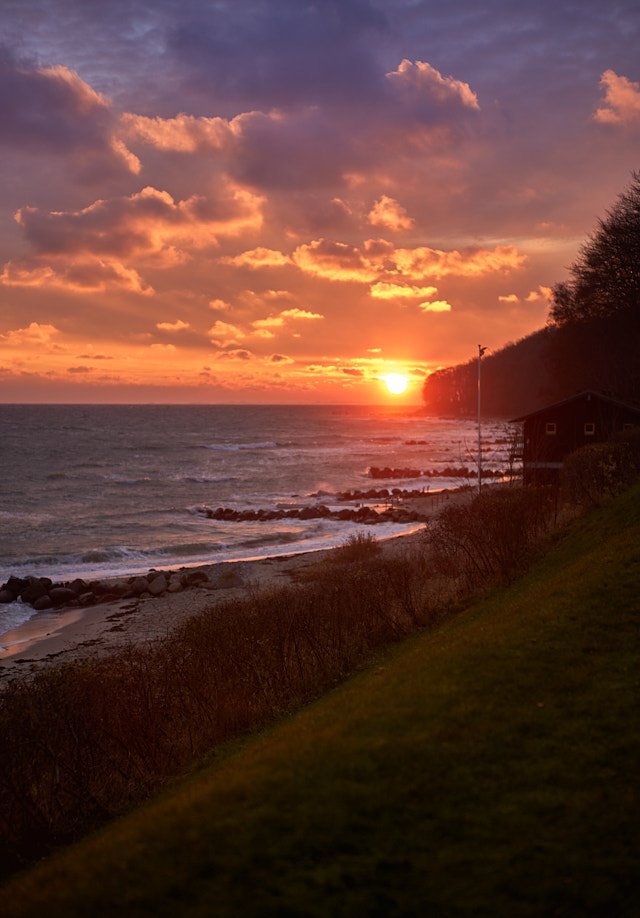
Denmark 8:30 AM in December. Strong wind and 2 Celsius (35F). Leica M10-P with Leica 50mm Summilux-M ASPH f/1.4 © Thorsten Overgaard.
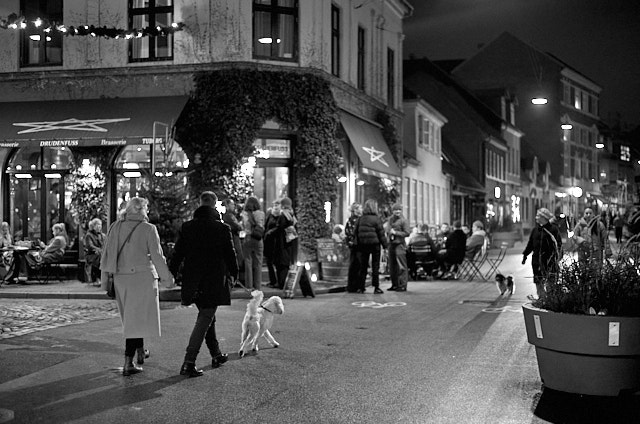
The other evening in Denmark before another lockdown. Leica M10-P with Leica 50mm Summilux-M ASPH f/1.4. © Thorsten Overgaard.
I wish people would go outside and look and appreciate. You don't have to have a camera with you to be able to notice beauty, aesthetics and delightful light.
When in Berlin in the beginning of November, I decided to arrange a photo walk on a Saturday. Everyone was welcome, and nine people showed up in front of the Leica Store Berlin and LUMAS Gallery Berlin as the meeting point.
Then we walked and talked for two hours and stopped a few times for coffee. The sun came out, and we had a great time despite restaurants and cafes in Berlin were all closed for in-store dining.
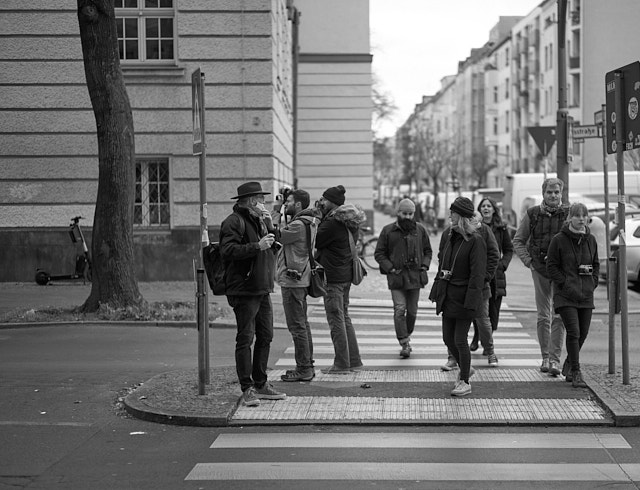
The second Walk & Talk Berlin had 18 people come together for a real life experience. It will be happening again, visit Walk & Talk Berlin on Instagram for future dates and to join. Also check in with Arteh Odjidja in London who is now arranging walkabouts in London (first one December 12, 2020)
It fills me with warmth that one of the participants, a French writer living in Berlin named Olivier, asked if he could make it a recurring event. So when he arranged the first of his Walk & Talks Berlin on November 28, a friend and I joined the group of 18 people walking and talking in Berlin on a Saturday for four hours.
In a day and age where people have lost faith in their outdoors and the real life, walking and talking with 18 real people in the real world, will blow your socks off. It is very simple, very true, and it lifts your spirit. It brings life.
This concept will spread to other cities as I get around to arrange free walkabouts. Next up is Hamburg and Paris, as well as American cities in 2021. Write me for ideas and info.
I write letters and read books
I like to write letters and postcards and send to people I know around the world. I send to hotel managers, bellboys, store owners , old friends and family. Anybody who comes to mind, I'll send them a letter. It's a great break and somehow a special moment sitting in a cafe or hotel room somewhere in the world and direct your attention to a person you will now write a letter or postcard to. It's definitely different than writing a digital email or a message. For the one getting a paper with a message, it makes a great impact. Besides the words, it's an unspoken message that you matter.
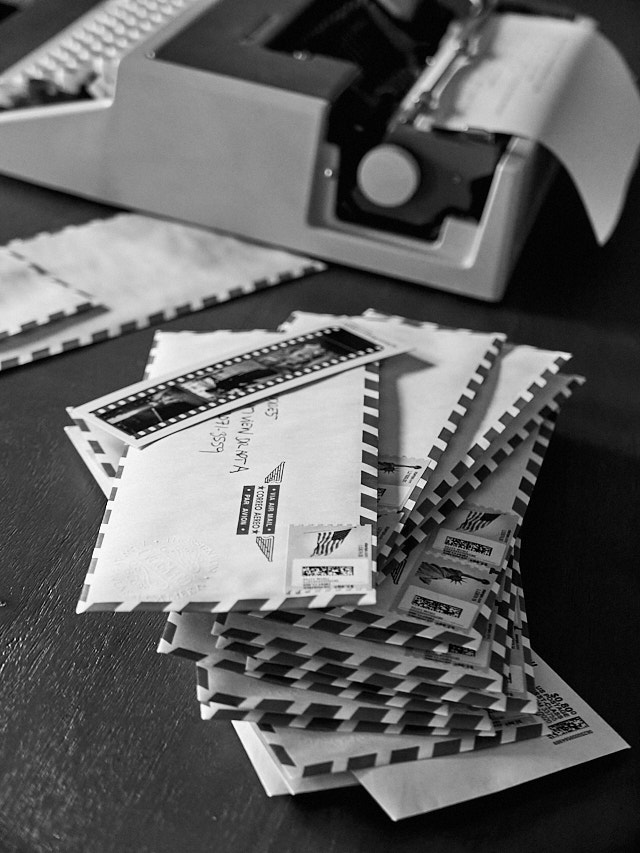
Sending bookmarks to all over the world. It's an expensive hobby, but it's wort it. Leica D-Lux 7. © Thorsten Overgaard.
I've been giving away free bookmarks on Instagram and elsewhere. Even it is expensive and time-consuming to deal with, I love sending them to Israel, Germany, Indonesia, India, New Zealand, Japan and every corner of the world where people request them from. It's my little project, keeping the postal service's economy alive, and hopefully the receiver as a result will find a notebook to write in, or a book to read, so as to put the bookmark to use. A little chain reaction to start a renaissance of writing and reading.
My favorite book of all time is Pillars of the Earth by Ken Follet (which he has since expanded with Evening and Morning and A Column of Fire). I also like to re-read Ayn Rand now and then.
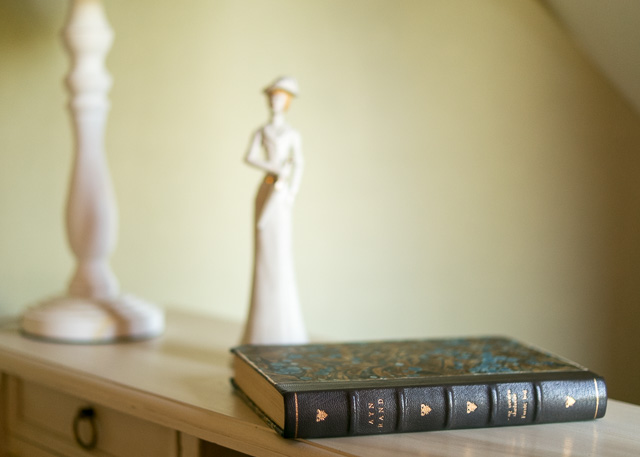
My Ayn Rand books which I like to re-read now and then. I had my Danish editions leatherbound years ago by a local bookbinder. Leica TL2. © Thorsten Overgaard.
Remember the toilet paper?
Virtual reality is a fleeting thing. We're living through the #Covid1984, and the takeaway is whatever you want it to be. Live in the reality of your own choosing. Make a new one if needed.
With this, I’ll leave you to enjoy a great weekend. As always, feel free to mail me with ideas, comments, suggestions and questions.
/Thorsten
PS
Other videos you might like
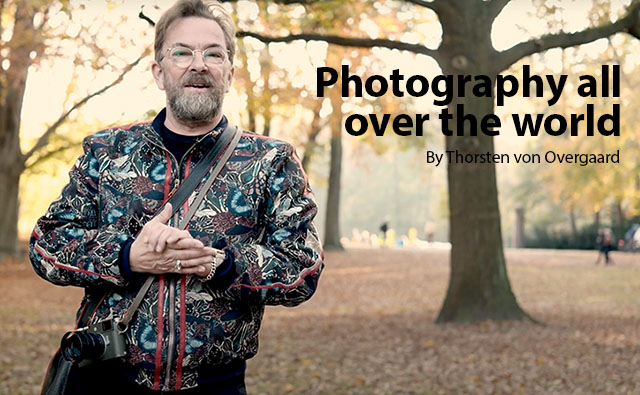
"Always Wear a Camera" around the world.
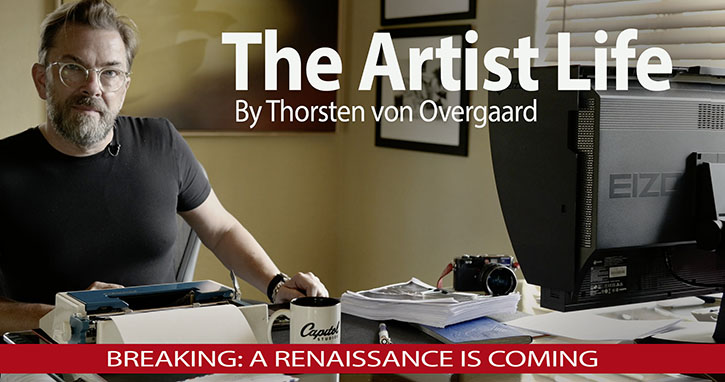
How to become an artist.
![]()
